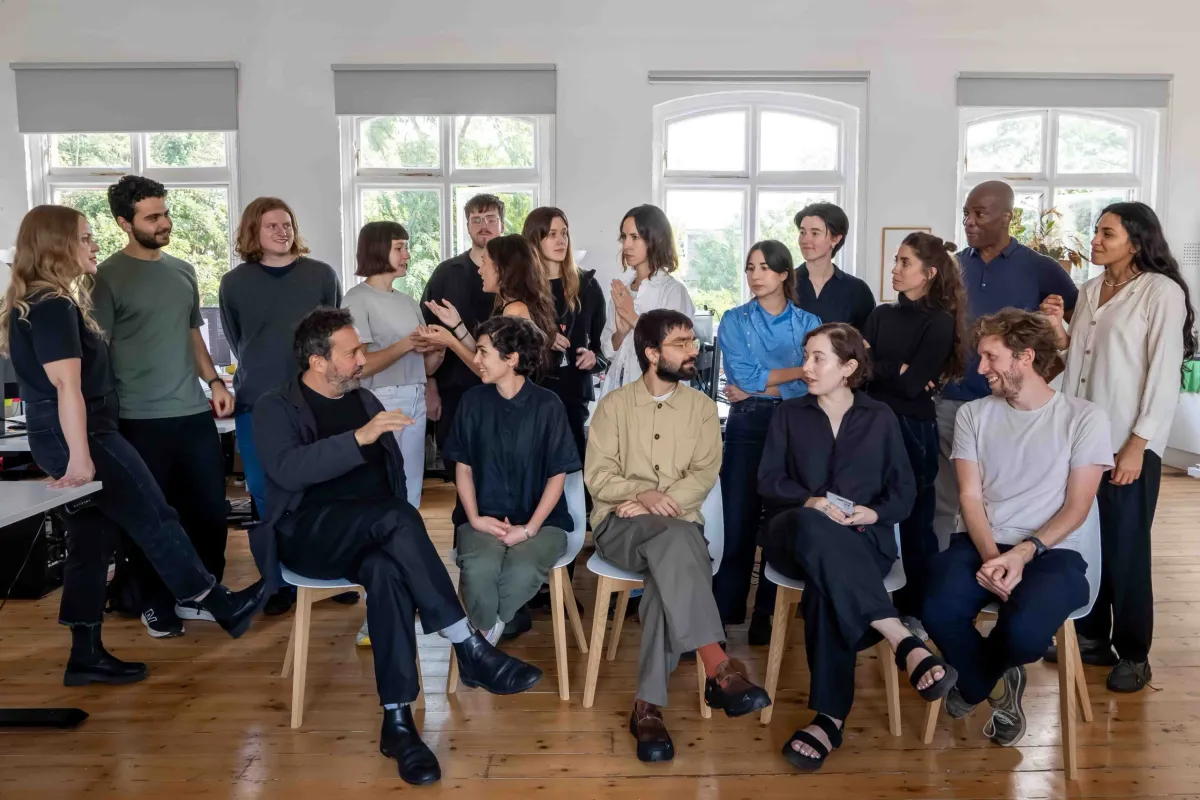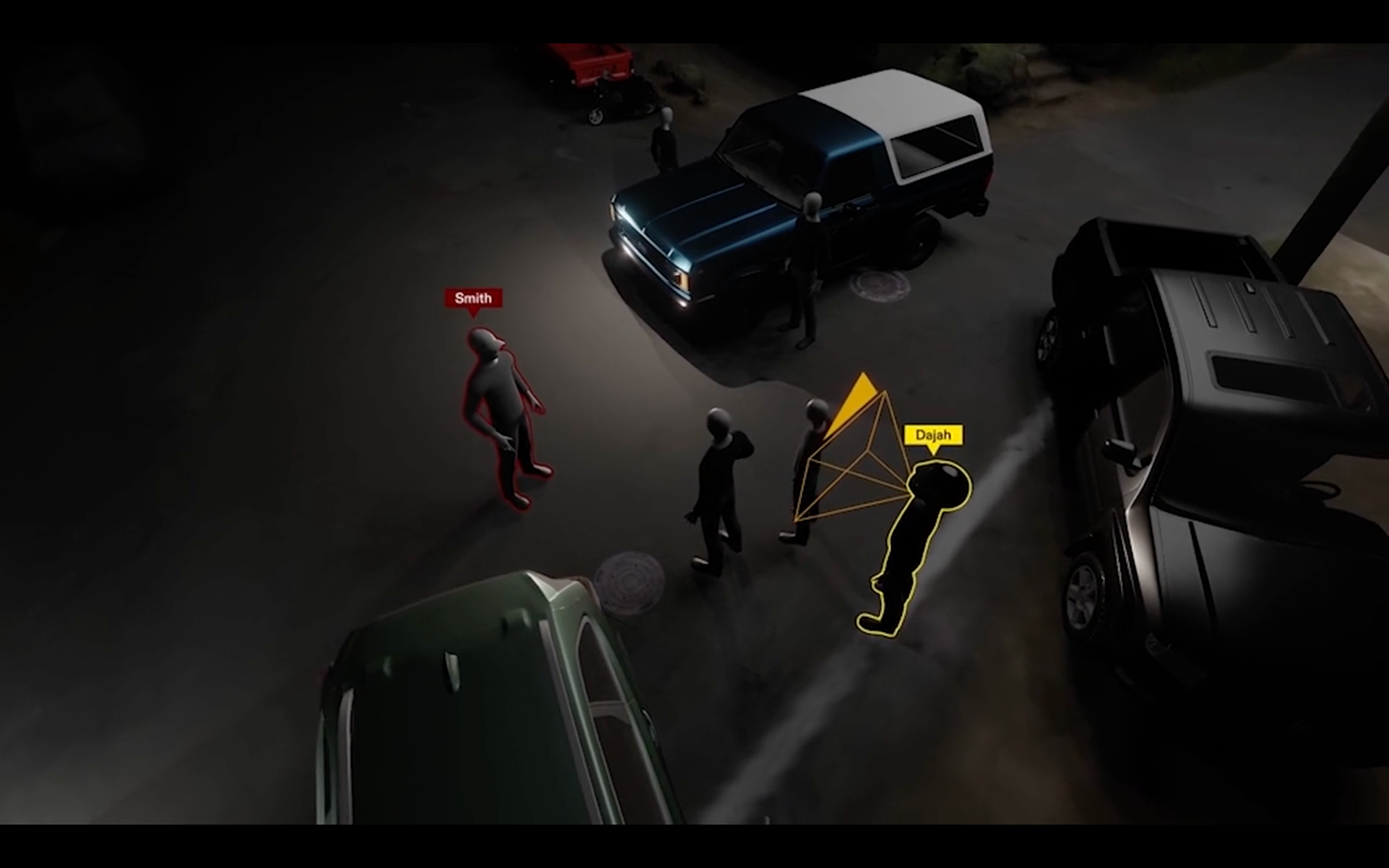
What is Forensic Architecture?
Forensic Architecture is a multidisciplinary artistic research group that operates out of Goldsmiths, University of London. The group was established in 2010 by architect Eyal Weizman as a response to the convergence of several related phenomena that emerged due to the evolving changes affecting the nature of modern warfare.
Dissecting forensic evidence in an architectural setting
Forensic Architecture emerged from the intersection of architecture, law, film and forensics that developed at the Centre for Research Architecture (CRA) at Goldsmiths, University of London. As an academic field, ‘forensic architecture’ involves the production and presentation of spatial evidence related to human rights violations and state crimes within the framework of legal, political and cultural contexts. The group's conception of architecture expands far beyond the traditional definition to include shaped environments encompassing cities and territories.
By applying cutting-edge techniques in spatial analysis and digital modelling, the team at Forensic Architecture uses the data that it compiles from open sources to reconstruct incidents of state violence and human rights violations conducted by militaries, police forces, government agencies and other state institutions. The Forensic Architecture team of architects, filmmakers, software developers, investigative journalists, lawyers and scientists relies on open source materials, situated testimonies, fluid dynamics simulations and other techniques to reconstruct the sequence of events from the accounts of first-hand witnesses or from their descendants. Although these reconstructions primarily serve as testimonies to be presented in court cases, works by Forensic Architecture have also been displayed in art galleries and museums as examples of the innovative application of creative practice in image- and data-laden environments.

Architecture in the service of political opposition
Initially established with the intent of exploring the relationship that exists between the urbanization of warfare, the proliferation of open source media and a lack of trust in evidence provided by state institutions, Forensic Architecture's raison d’être has since expanded outside of its role as an agency providing legal evidence and assistance. Its reliance on images to coherently visualize testimonial spaces that observe and dissect the politics of image production has attracted the attention of the art world.
Forensic Architecture's debut on the art scene came in 2014 with its first-ever museum exhibition Forensis, held at Haus der Kulturen der Welt (HKW) in Berlin. Its moving image testimonials have been displayed as part of solo exhibitions in museums, galleries, and at film festivals throughout the world, most notably at documenta 14 (2016); Barcelona Museum of Contemporary Art (2017); Venice Architecture Biennale (2016); Museum of Modern Art in New York (2016); Portland Institute for Contemporary Art (2024), and many others.

Recognitions and awards
For its efforts in uncovering and documenting instances of state and corporate violence and human rights violations, Forensic Architecture has been nominated for and won many awards across the fields of journalism, human rights, architecture, design, technology and the arts. These include: the 2014 Bronze Lovie Award; a nomination for the 2018 Gabriel García Márquez Journalism Award; a nomination for the 2018 Turner Prize; Forensic Architecture listed #5 in the ArtReview 2024 Power 100; and the 2024 Right Livelihood Award.
Past and ongoing projects
Forensic Architecture has been actively pursuing projects that coincide with their particular areas of interest, namely: the ongoing conflict in Gaza; instances of border violence and migration; inquiries into environmental destruction; investigations into police brutality; research into historical injustices committed by colonial administrations; cases of detention, incarceration, torture and related issues.
Where can I find more information about Forensic Architecture?
More information about Forensic Architecture can be found through their site, as well as on Vimeo and Instagram.
